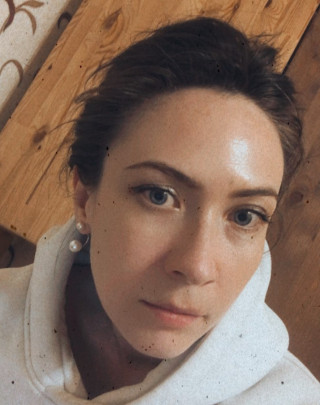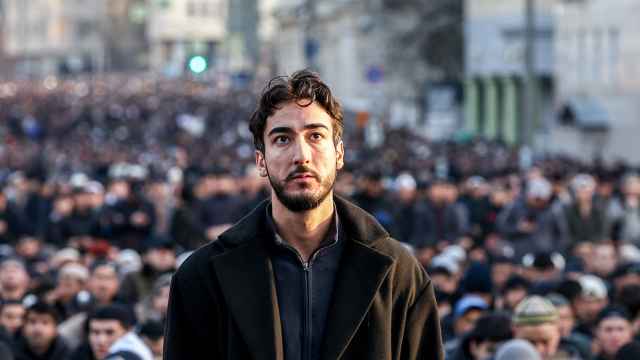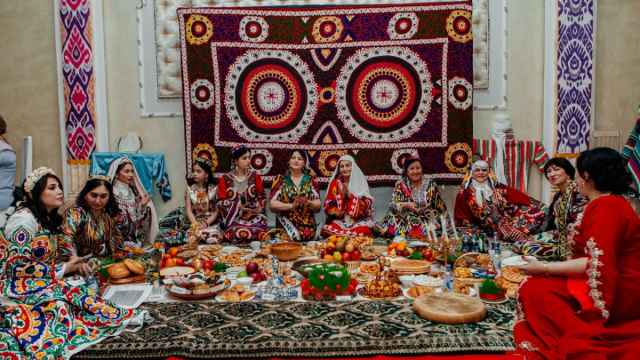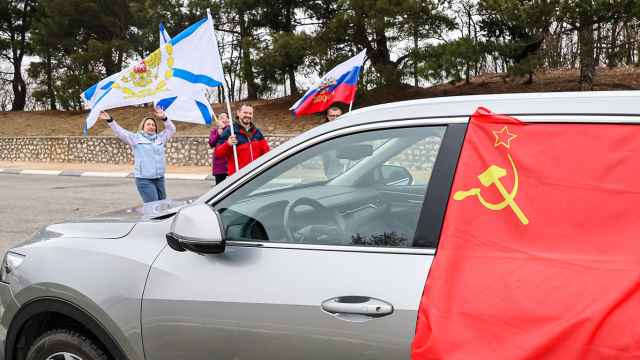A Short History of Soviet and Russian Olympic Fashion
Russia isn’t competing in the 2020 Olympic Games — at least formally, that is. Due to doping violations the team is competing as the Russian Olympic Committee (ROC).
Athletes compete under a neutral flag and the phrase “neutral athlete” must be on their uniforms. They are forbidden from including national symbols, including the national emblem, in their uniform designs, but they are allowed to wear the colors of their national flag and indicate the name of their country.
Despite all this, the ROC team is one of the most visible teams at the games, mostly for their strong performances but also because of their bright and eye-catching uniforms.
Athletes compete under a neutral flag and the phrase “neutral athlete” must be on their uniforms. They are forbidden from including national symbols, including the national emblem, in their uniform designs, but they are allowed to wear the colors of their national flag and indicate the name of their country.
Despite all this, the ROC team is one of the most visible teams at the games, mostly for their strong performances but also because of their bright and eye-catching uniforms.
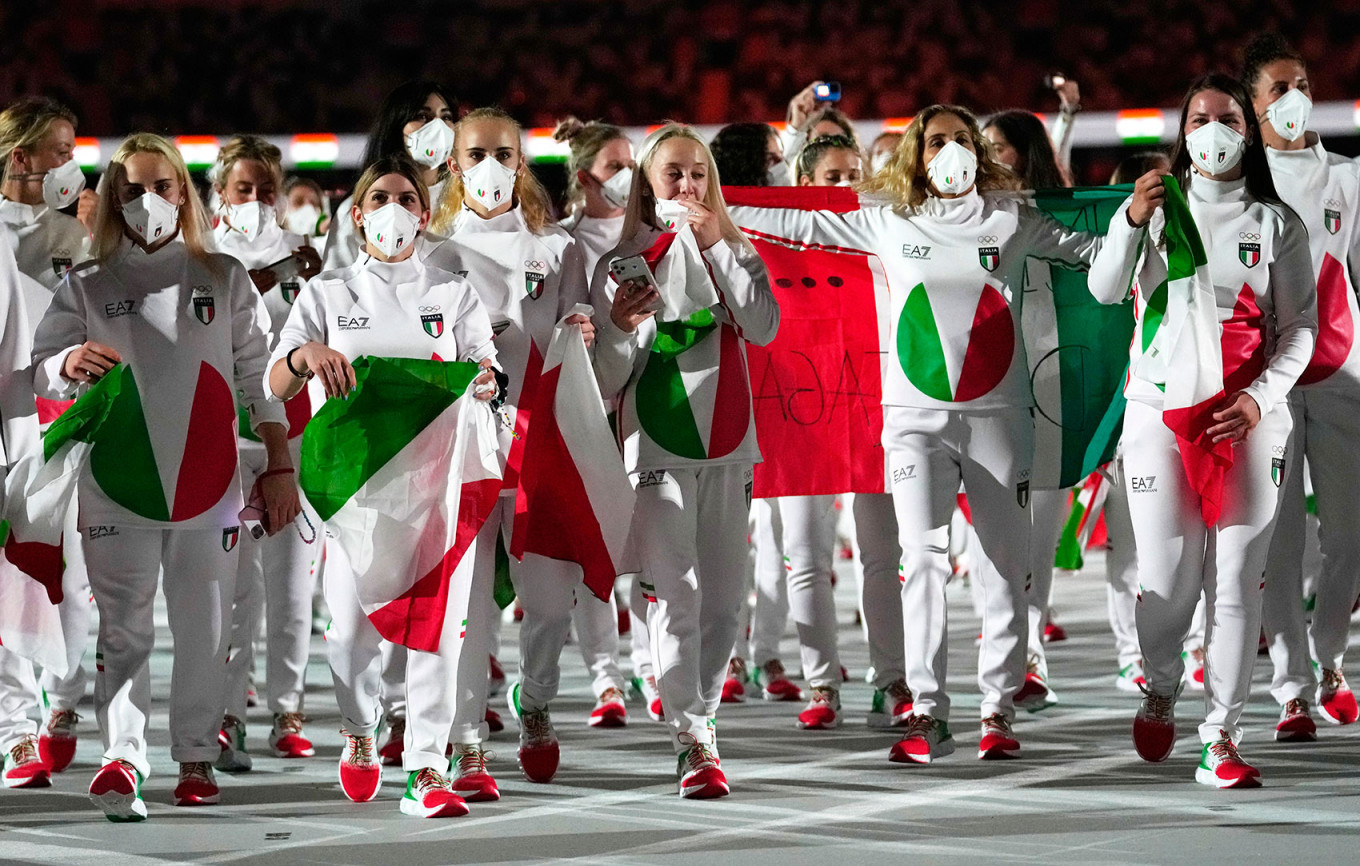
Italian team at the opening ceremony of Tokyo 2020 Olympic Games
National Olympic team uniforms are very important in many countries, so celebrated designers and leading brands often dress the teams. For example, since 2021 Giorgio Armani has designed the Italian teams’ outfits. In France Lacoste has been the designer since 2016, and in the U.S. the uniforms have been designed by Ralph Lauren since 2008.
Petr David Josek / AP Photo / TASS
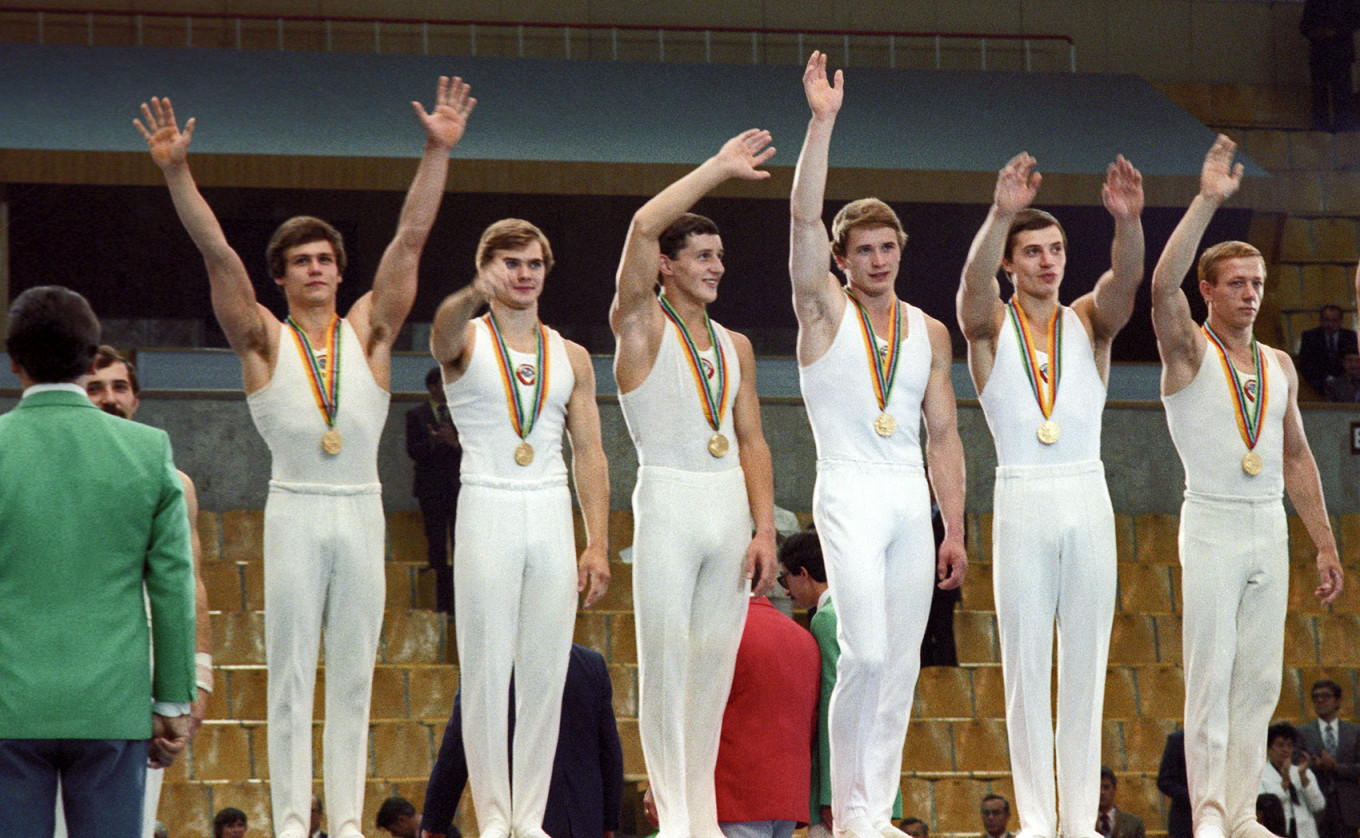
U.S.S.R. men’s gymnastic team at the 1980 Olympics in Moscow
In the U.S.S.R. and Russia -- like in all countries where achievements at the highest levels of sports are one of the instruments of soft power -- the team uniforms were always approved in a long process that went all the way up to the top leadership of the Communist Party. Before 1980 the uniforms were designed by the All-Union House of Fashion. Until 1988, they were created by the Sports Clothing Fashion House.
Nikolai Naumenkov / TASS
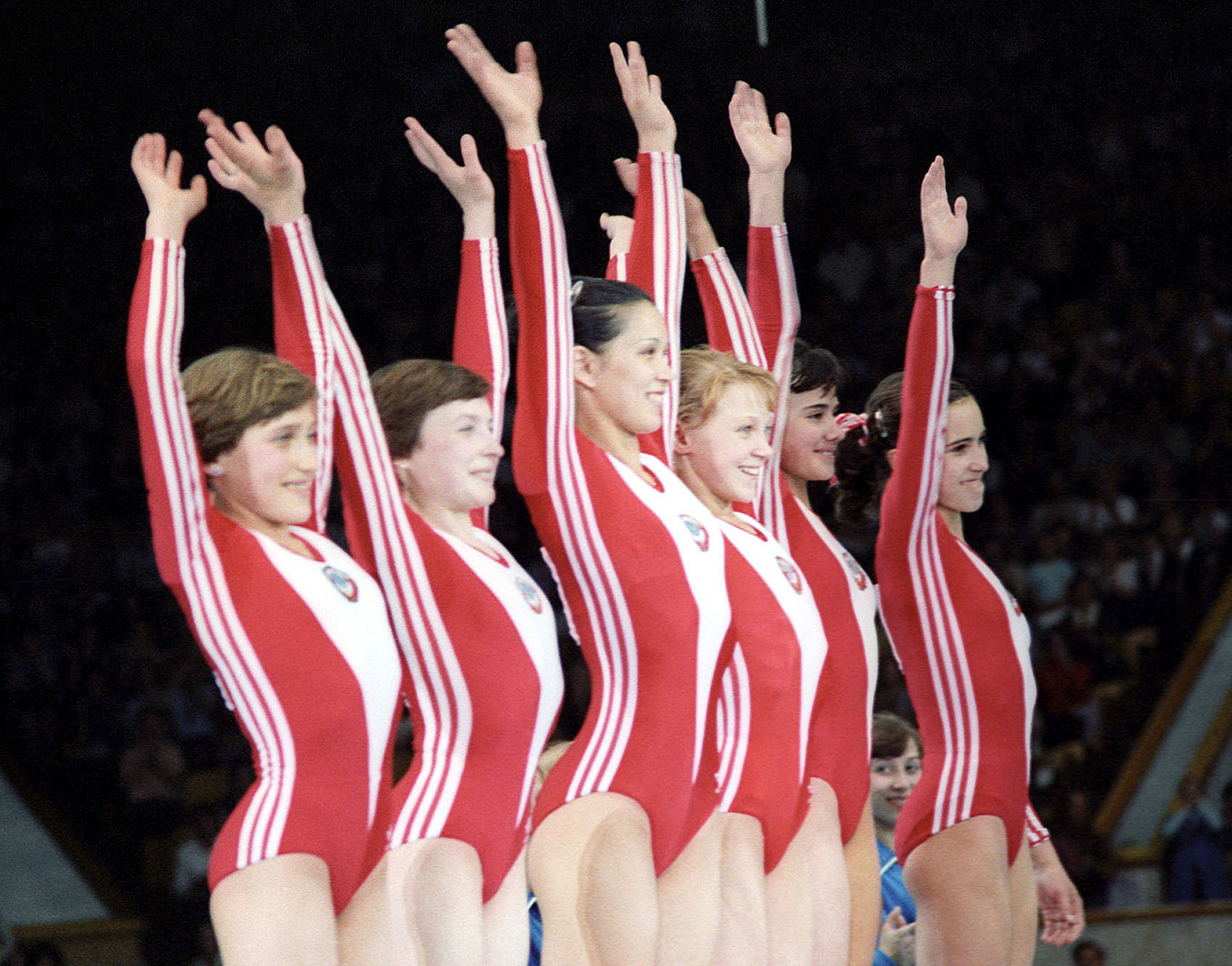
U.S.S.R. women’s gymnastic team at the 1980 Olympics in Moscow
Each team has three sets of uniforms: parade (for opening and closing ceremonies), everyday wear, and competition uniforms. For a long time, the parade uniforms of late-Soviet era and Russian athletes were not particularly innovative: pants for the men and skirts for the women. They weren’t particularly fashionable either. But to be honest, the other teams weren’t fashion plates either.
Sergei Edisherashvili / TASS
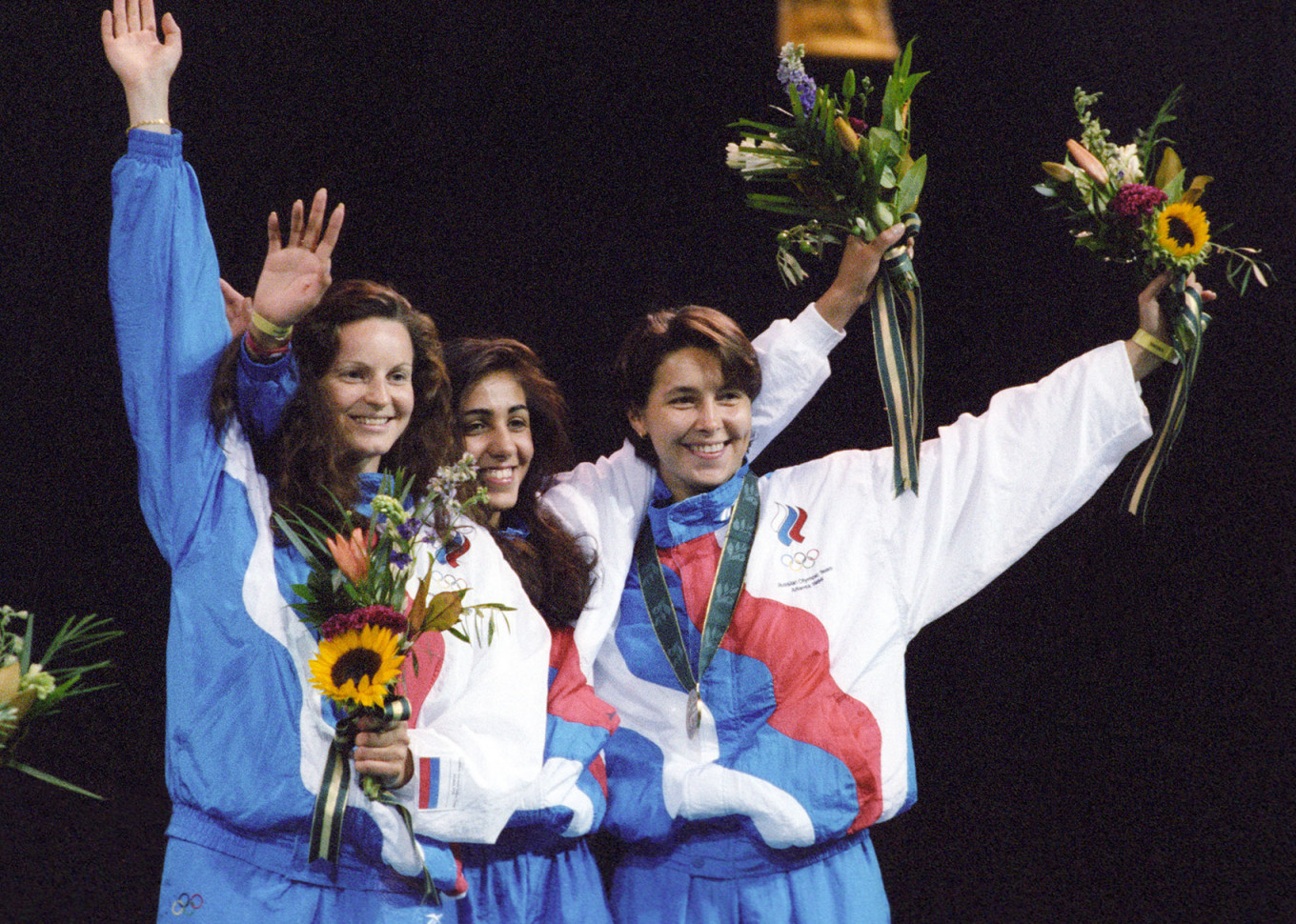
The Russian women’s fencing team at the 1996 Olympics in Atlanta
The first fashion experiment was in 1996 when the parade uniform for the opening and closing ceremonies was contracted out to the designer Valentin Yudashkin. At that time, he was the most successful and award-winning clothing designer in Russia, who dressed Russia’s political and show business elite and showed his collection at Fashion Week in Paris. The uniforms “by Yudashkin” were considerably more stylish than the former Soviet outfits and were meant to introduce the New Russia to the world: modern, vibrant and cutting-edge.
Alexander Chumichyov / TASS
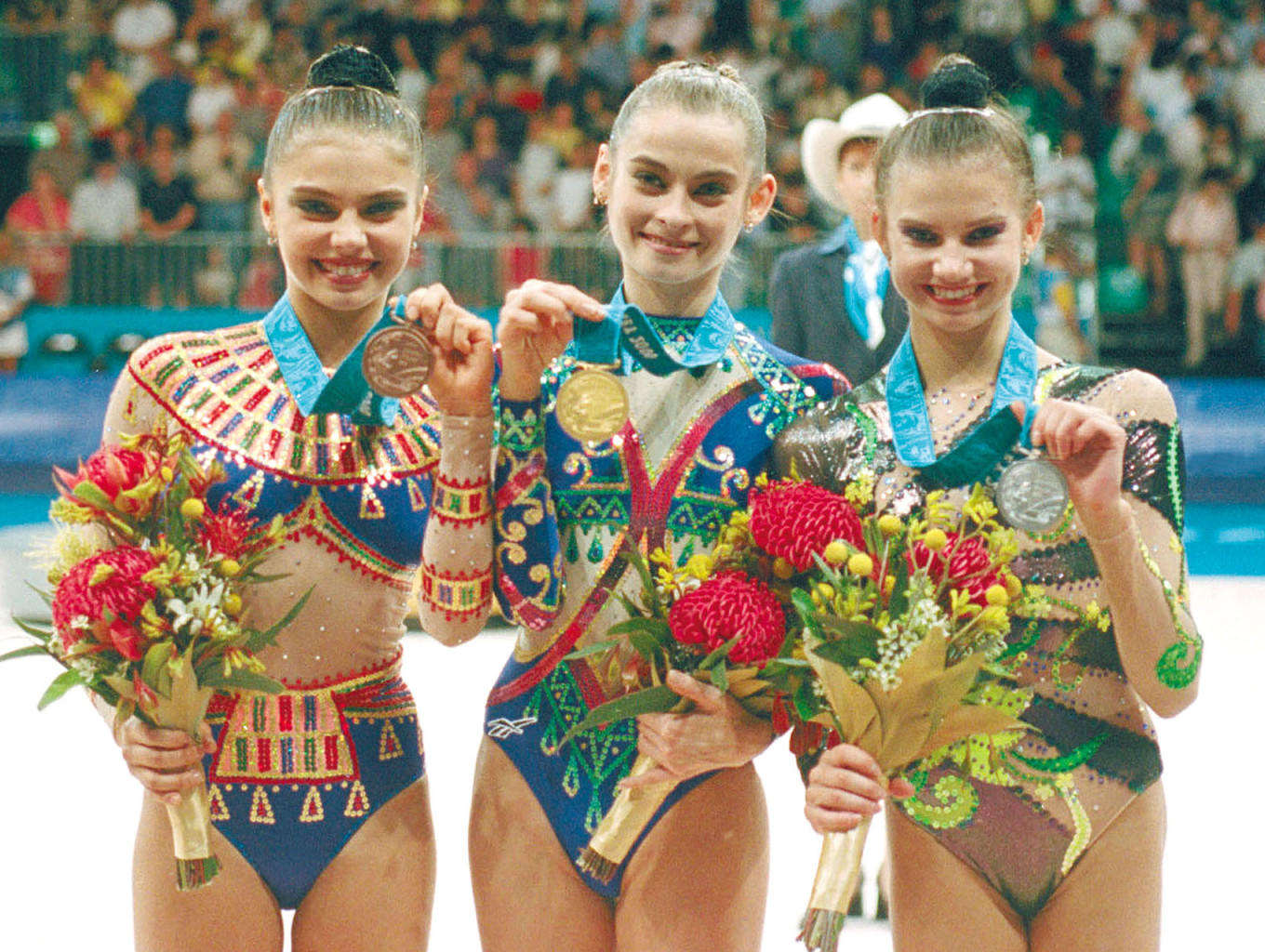
The winning Russian rhythmic gymnastics team at the 2000 Games in Sydney. Left: gymnast Alina Kabayeva
The Italian company Sarba Srl dressed the Russian athletes for the 2000 Olympics in Sydney. This decision was very unpopular — didn’t the country have its own designers? People found the uniforms boring and conservative, and they didn’t reflect either the national symbols or culture of Russia.
Pavel Petrov; Igor Utkin / TASS
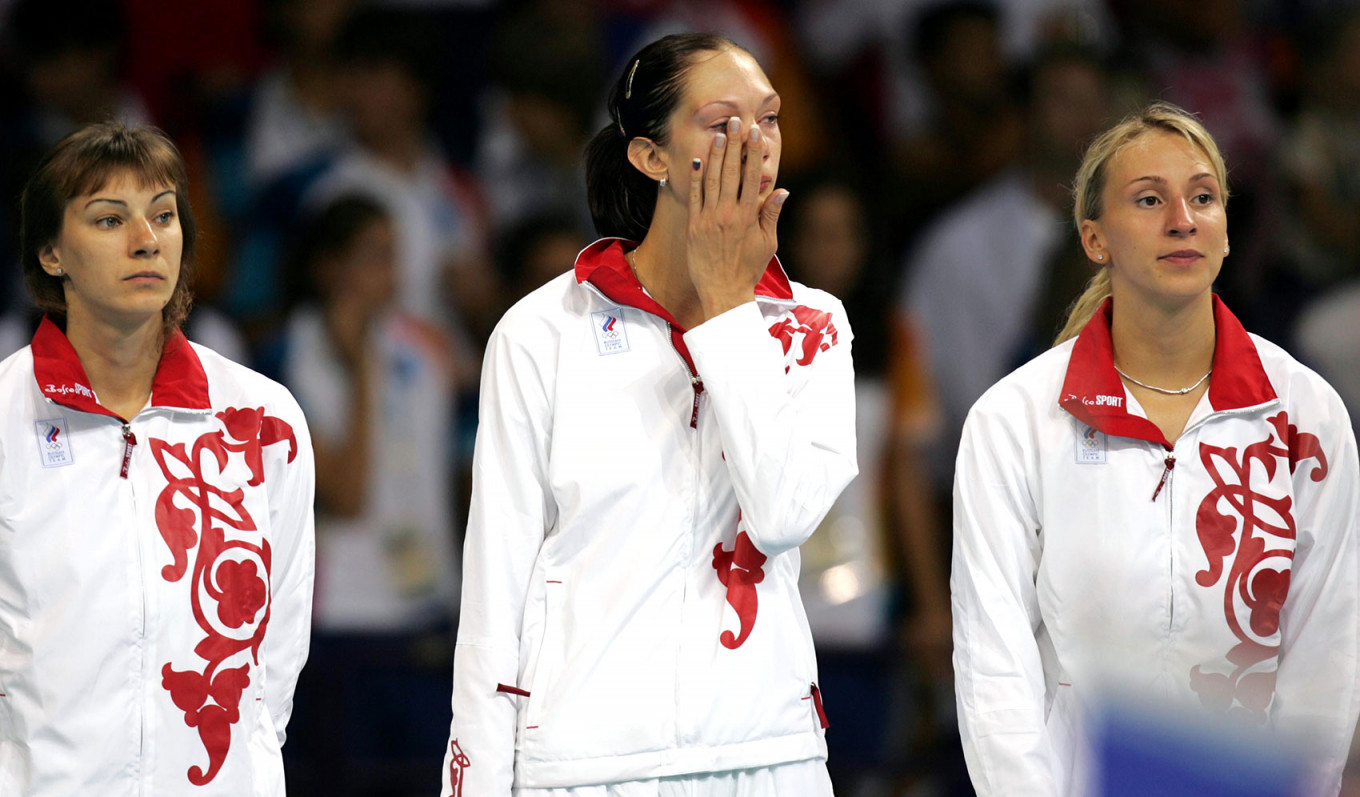
Women’s volleyball team at the 2004 Olympics in Athens
The main requirement for the national teams’ uniform, articulated or not, has always been to include the national colors, recognizable ornamentation and other cultural symbols. Olympics federations tried to have national brands working on the uniforms. In 2002 the company Bosco di Ciliegi became the exclusive designer for the Olympic and Paralympic Russian teams. The Olympic athletes first modeled the Bosco brand at the 2004 Athens Olympics. They wore white costumes that had a 1930s retro vibe.
Grigori Filippov / Sport Express / TASS
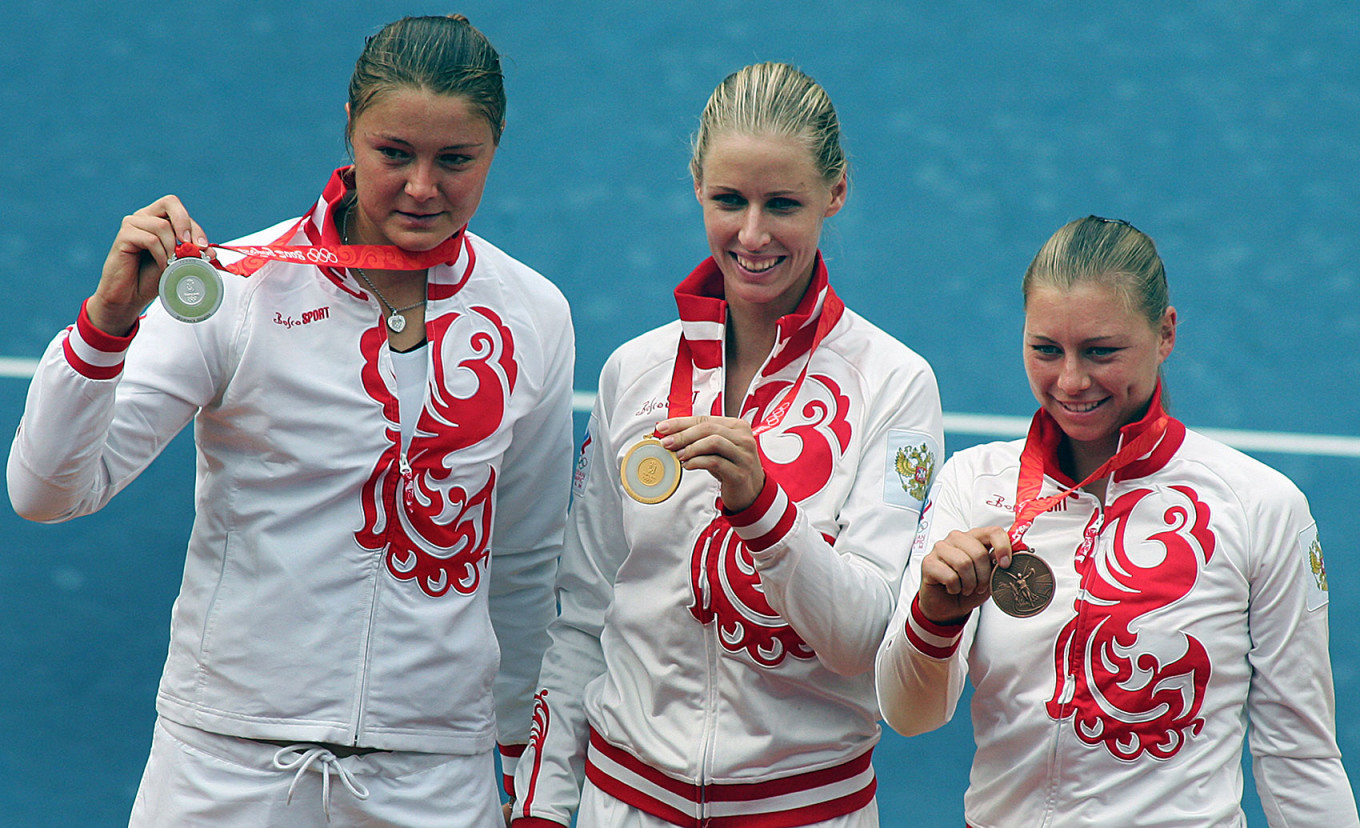
Russian tennis players at the 2008 Beijing Olympics
When the Bosco designers were working on the new Olympics collection for the 2008 Games in Beijing, they were inspired by the symbols of Chinese culture: for example, the color scheme used at the previous three Olympics was replaced by a stylized figure eight made from the wings of the Fire Bird. This ornament decorated the athletes' everyday uniforms. The parade uniforms were meant to suggest the youth festival held in Moscow in 1957.
Vitaly Belousov / TASS
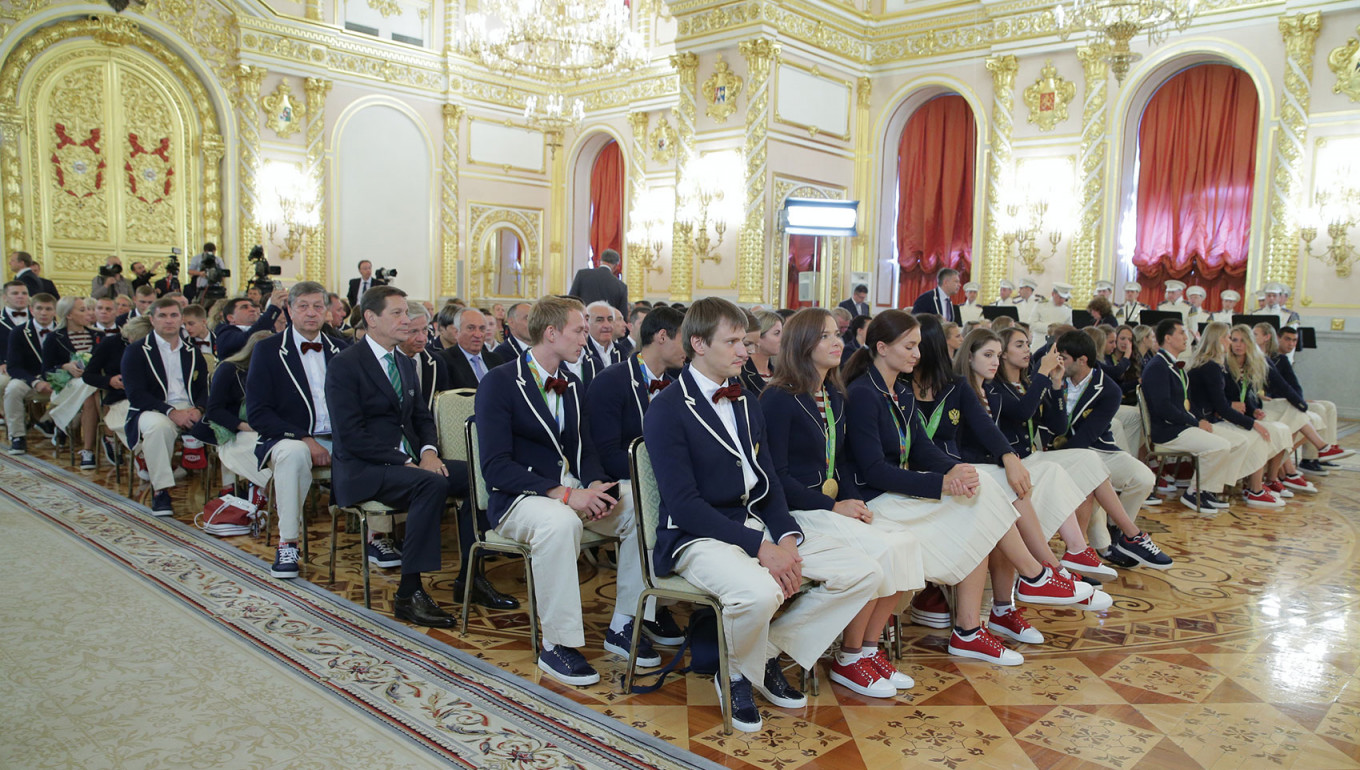
Olympic prize winners home from the 2016 Rio de Janeiro Games
The Bosco uniforms came in for a lot of criticism. Many people thought they were tasteless and cheap-looking and that they exploited the most common stereotypes about Russian culture. The “winner” for the most jokes on social media was the parade uniform for the 2016 Olympics in Rio de Janeiro, which people said made the athletes look like waiters and waitresses. Bosco was also accused of plagiarism: a lot of people thought the uniforms were like the ones worn by the U.S. and French teams, only less attractive.
Mikhail Metzel / TASS
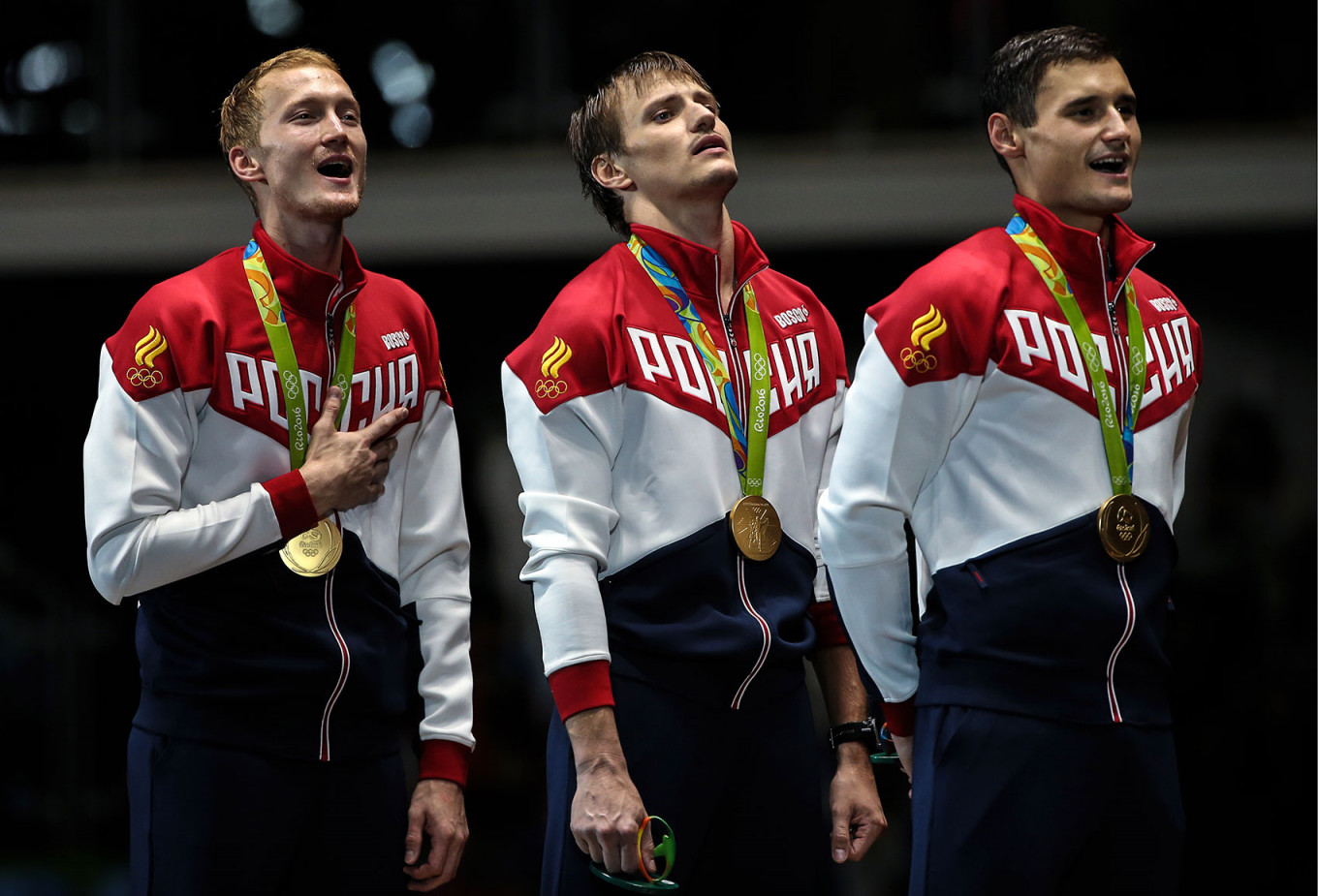
Russian men’s fencing team at the 2016 Rio de Janeiro Games
Although the Bosco parade uniforms were deemed a disaster, their everyday uniforms were popular. The company moved away from the bright patterns reminiscent of traditional crafts and came up with a design that called to mind the avant-garde. The Western press loved the laconic geometric shapes. They found the fresh and innovative clear-cut forms and sharp color contrasts to be very fashion-forward.
Valery Sharifulin / TASS
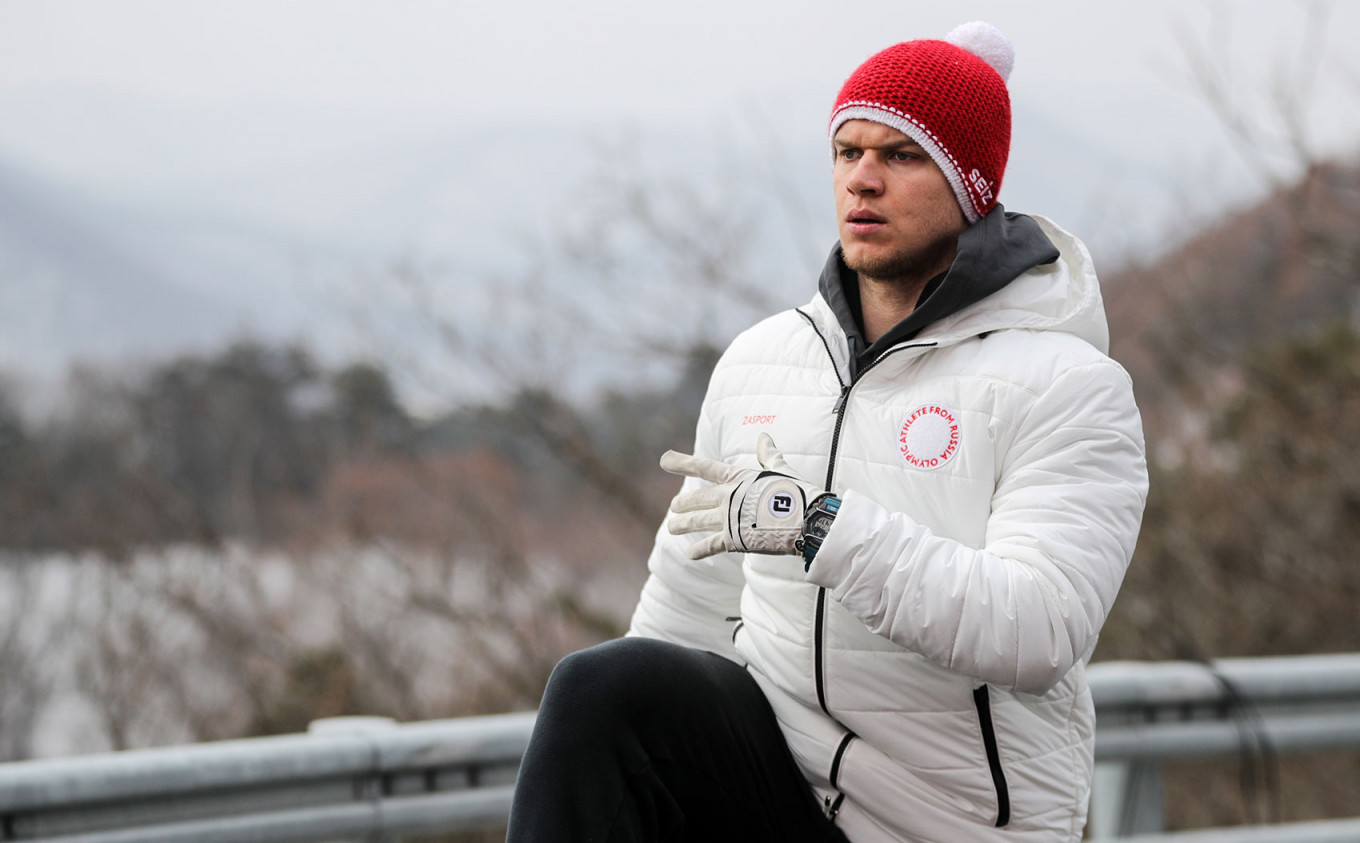
Russian bobsledders training at the 2018 Winter Olympics in PyeongChang
Bosco lost its contract after the 2016 Olympics, and the Russian Olympic Committee signed on with the virtually unknown company Zasport. Russian Forbes discovered that the brand was founded in 2012 and belonged to Anastasiya Zadornaya, daughter of Mikhail Shekin, president of the Dinamo sports club and head of the FSB Office of Support Services.
Sergei Bobylev / TASS
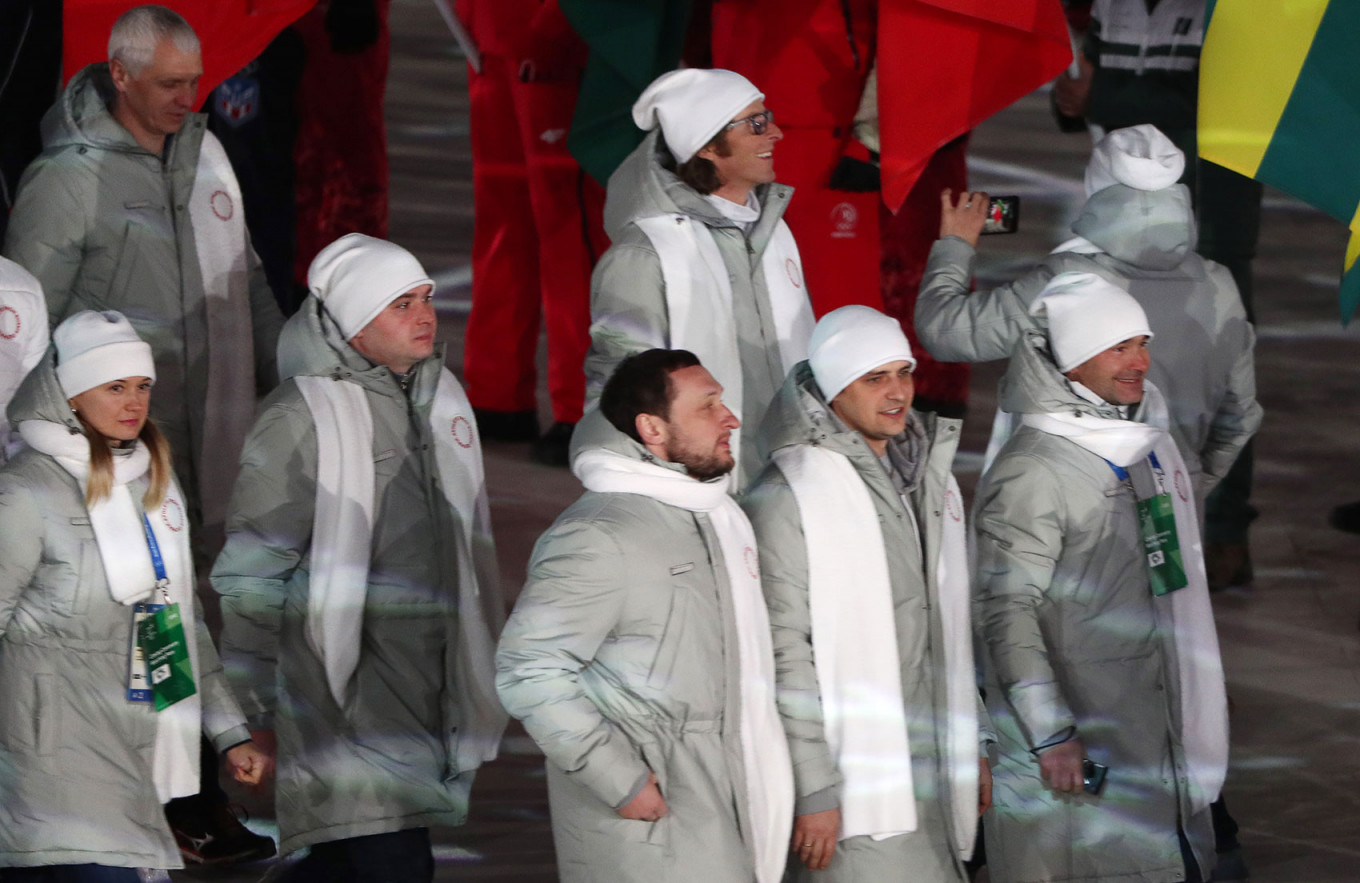
Delegation of Russian athletes at the closing ceremony for the 2018 PyeongChang Olympics
The public was up in arms over someone with virtually no design experience — who happened to be the daughter of an FSB general — being appointed to such a key post. But Zasport didn’t do as badly as people feared. The company continued to use the same laconic style that debuted at the 2018 Games and got plaudits from Western journalists.
Valery Sharifulin / TASS
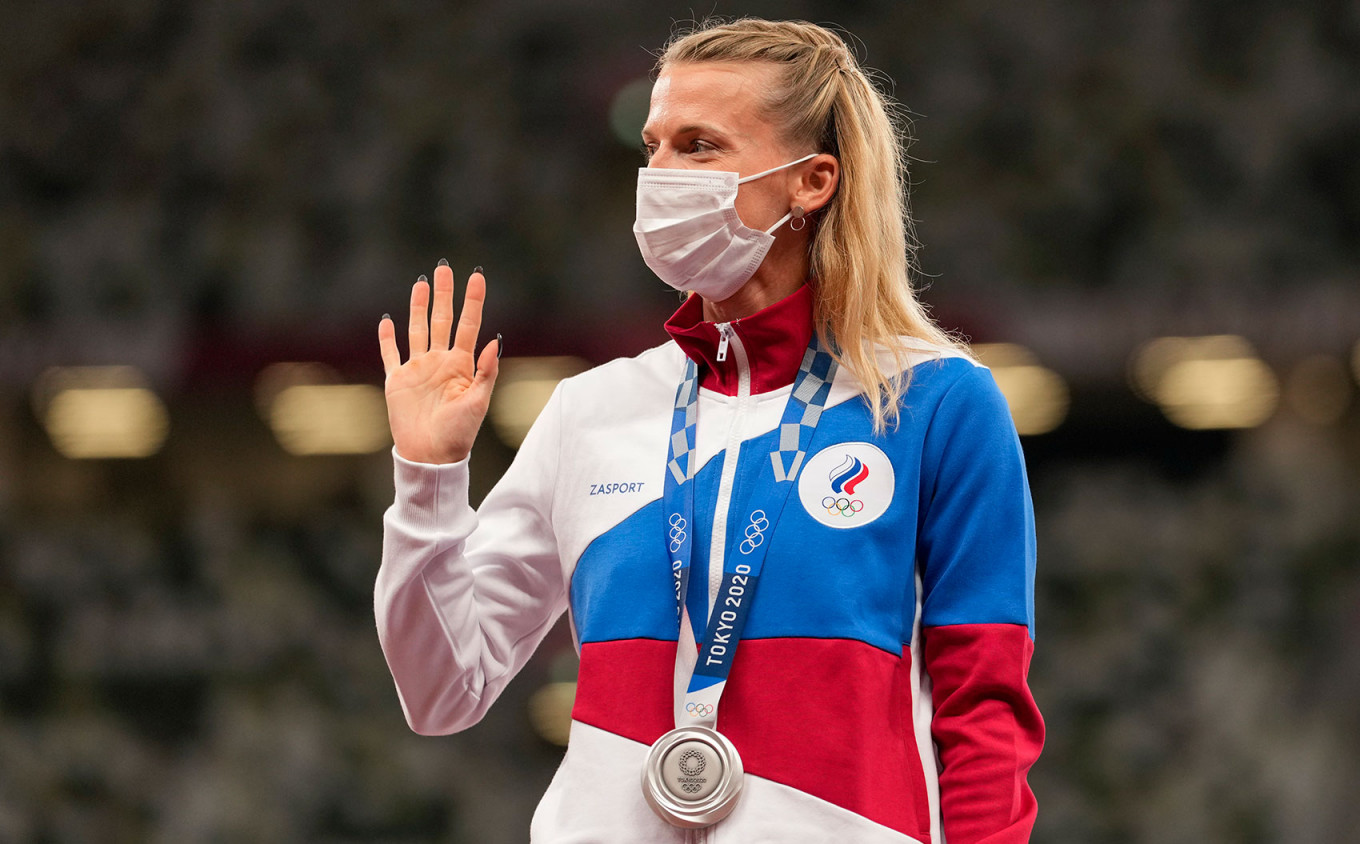
Pole vaulter Anzhelika Sidorova (ROC) takes the Silver at the Tokyo 2020 Olympics
At the Tokyo Olympics the Russian team was again banned from wearing national emblems, but they were allowed to use the colors of the national flag. Athletes have been wearing blue, white and red t-shirts, jackets, training pants and swimsuits, both single- and multi-color. A “protective charm” is embroidered on the inside of the clothing: “Train, Fight, Win.”
Martin Meissner / AP / TASS

